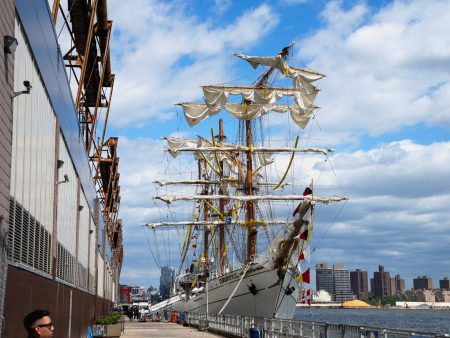Mexico City is sinking due to a deepening water crisis that has roots dating back 500 years. The city’s reliance on underground water is causing parts to sink by as much as 40cm annually, leading to uneven roads, leaning buildings, and a deterioration of the city’s infrastructure. The historic problem began when the Spanish conquistadors drained the local lake system and built their city in its place, leading to a reduction in the local water supply and subsequent subsidence.
The city’s water shortages are now evident in various neighborhoods, from impoverished areas like Iztapalapa to upper-crust regions like Coyoacan, where water supply issues have become commonplace. As the population has grown to nearly 9 million people, the water infrastructure has failed to keep up with the rising demand, resulting in leaks, broken pipes, and a loss of 40 percent of the city’s water. The situation has forced residents to rely on stopgap solutions like water trucks, but the crisis is far from over.
The concept of “Day Zero” has already arrived for many in Mexico City, with residents in some areas experiencing inconsistent water supply and shortages throughout the week. As the city faces the depletion of the Cutzamala Water System and the aquifer beneath it, experts warn that dramatic action is required to avoid a total water disaster. While quick fixes like water rationing and water trucks are being implemented, long-term solutions are necessary to address the underlying issues.
Privatisation and climate change are exacerbating Mexico City’s water crisis, with water-intensive industries granted significant water concessions despite the growing scarcity. Experts argue that these industries should be relocated to areas with more abundant water resources to alleviate the strain on the city’s water supply. Decentralisation and awareness of individual responsibility are crucial to solving the water crisis, along with efforts to replenish the aquifer and mitigate the effects of climate change.
As Mexico City faces its water emergency, collective action and a shift towards a more sustainable approach to water management are needed. Experts emphasize the importance of understanding where water comes from, where it goes, and how it can be used more efficiently within urban ecosystems. With the worst yet to come, Mexico City must prioritize solutions that promote circularity and resilience in the face of its ongoing water crisis.















